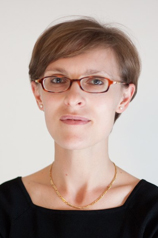 Dr. Ilaria Pascucci recently joined PTYS/LPL as an astrophysicist and Assistant Professor. Before joining LPL in March of this year, she was working at the Space Telescope Science Institute in Baltimore as instrument scientist for the STIS spectrograph on board the Hubble Space Telescope. Ilaria completed her undergraduate studies at the University of Bologna in Italy and obtained her Ph.D. in astrophysics in 2004 at the Max Planck Institute for Astronomy in Heidelberg, Germany.
Dr. Ilaria Pascucci recently joined PTYS/LPL as an astrophysicist and Assistant Professor. Before joining LPL in March of this year, she was working at the Space Telescope Science Institute in Baltimore as instrument scientist for the STIS spectrograph on board the Hubble Space Telescope. Ilaria completed her undergraduate studies at the University of Bologna in Italy and obtained her Ph.D. in astrophysics in 2004 at the Max Planck Institute for Astronomy in Heidelberg, Germany.
Professor Pascucci's research focuses on observations and modeling of the formation and evolution of planetary systems. She is particularly interested in merging the cosmochemical constraints on the solar nebula evolution with the astronomical perspective of protoplanetary disk evolution and planet formation.
Her research activities include studies of the mineralogy of protoplanetary disks, the evolution and dispersal of the pre-planetary material around young stars, and the evolution of volatiles in protoplanetary disks in relation to their delivery to terrestrial planets. For her research, Dr. Pascucci is using state-of-the-art ground- and space-based facilities including the Hubble and Spitzer Space Telescopes, the Herschel Space Observatory, and 8m-class ground-based telescopes such as Keck and the VLT.
Welcome, Ilaria!


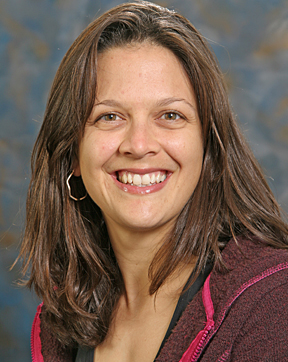 My research involves trying to understand the gas motions and magnetic field generation in the solar interior. I generally approach this problem using large scale numerical simulations. The Sun is an excellent testbed for hydrodynamic and magnetohydrodynamic theory because of the strict observational constraints provided by helioseismology.
My research involves trying to understand the gas motions and magnetic field generation in the solar interior. I generally approach this problem using large scale numerical simulations. The Sun is an excellent testbed for hydrodynamic and magnetohydrodynamic theory because of the strict observational constraints provided by helioseismology.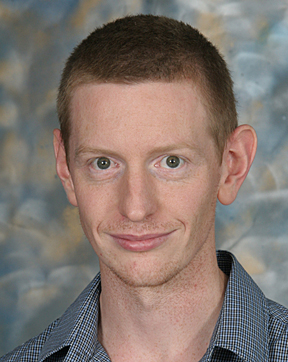 I've been an assistant professor at the PTYS/LPL since fall of 2007. I moved from Ireland to the United States in 1998 to pursue graduate studies in planetary science at the California Institute of Technology. After five enjoyable years in Pasadena, I spent two years in both Boston (at the Massachusetts Institute of Technology) and Flagstaff (at the U.S. Geological Survey) as a postdoc. My wife and I now live in Tucson with our three kids, two cats, one dog and assorted fish. Despite (or maybe because of) growing up on an island where billions of tons of water fall out of the sky each year, I like the desert and enjoy hiking and camping when possible.
I've been an assistant professor at the PTYS/LPL since fall of 2007. I moved from Ireland to the United States in 1998 to pursue graduate studies in planetary science at the California Institute of Technology. After five enjoyable years in Pasadena, I spent two years in both Boston (at the Massachusetts Institute of Technology) and Flagstaff (at the U.S. Geological Survey) as a postdoc. My wife and I now live in Tucson with our three kids, two cats, one dog and assorted fish. Despite (or maybe because of) growing up on an island where billions of tons of water fall out of the sky each year, I like the desert and enjoy hiking and camping when possible.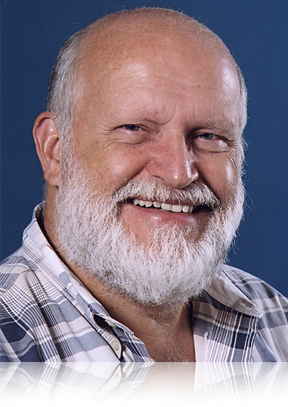 Congratulations to Bill Boynton, who received in May the Exceptional Public Service Medal for the TEGA investigation on the PHOENIX Mars Mission. The exceptional Public Service Medal is the second highest award that NASA gives to non-government personnel.
Congratulations to Bill Boynton, who received in May the Exceptional Public Service Medal for the TEGA investigation on the PHOENIX Mars Mission. The exceptional Public Service Medal is the second highest award that NASA gives to non-government personnel.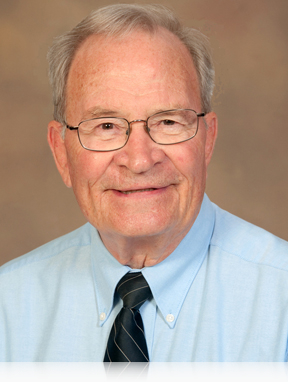 Professor Emeritus Robert Strom has been elected a Fellow of the Geological Society of America (GSA). Bob's election was published in the July issue of "GSA Today" and will be announced at the Presidential Address and Awards Ceremony at the GSA Annual Meeting in Denver on October 30.
Professor Emeritus Robert Strom has been elected a Fellow of the Geological Society of America (GSA). Bob's election was published in the July issue of "GSA Today" and will be announced at the Presidential Address and Awards Ceremony at the GSA Annual Meeting in Denver on October 30.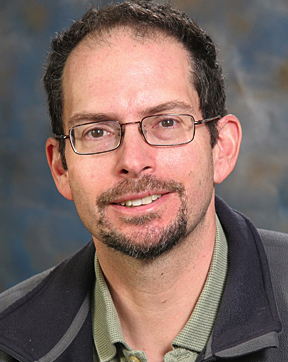 On April 27, Jonathan Lunine, Professor of Planetary Sciences and Physics, was elected a member of the National Academy of Sciences. This election is considered one of the highest honors a U.S. scientist or engineer can achieve. Jonathan joins previously elected PTYS/LPL Professors Donald M. Hunten, J. Randy Jokipii, and H. Jay Melosh in election to the National Academy.
On April 27, Jonathan Lunine, Professor of Planetary Sciences and Physics, was elected a member of the National Academy of Sciences. This election is considered one of the highest honors a U.S. scientist or engineer can achieve. Jonathan joins previously elected PTYS/LPL Professors Donald M. Hunten, J. Randy Jokipii, and H. Jay Melosh in election to the National Academy.